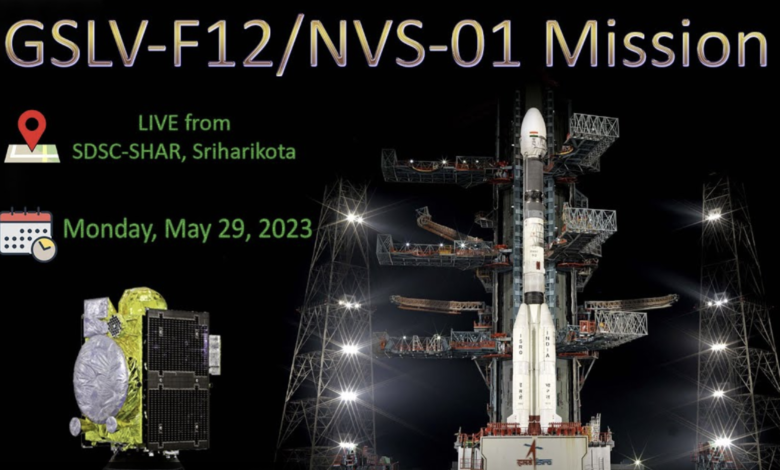India’s Navigation Satellite Program Advances with Successful Launch of NVS-01 Satellite

In a major stride for India’s space exploration endeavors, the NVS-01 satellite has been precisely injected into a Geosynchronous Transfer Orbit after a flight lasting approximately 19 minutes. This remarkable achievement sets the stage for subsequent orbit-raising maneuvers that will propel NVS-01 into its designated Geosynchronous orbit, solidifying its role as a pivotal component within the Navigation with Indian Constellation (NavIC) services.
Weighing around 2232 kg, the NVS-01 satellite marks the initiation of the second-generation satellites in the NavIC program, a critical system for accurate navigation services. Going beyond sustaining the existing capabilities, the NVS series of satellites aims to enhance the NavIC system with advanced features. Notably, this new series incorporates L1 band signals, expanding the range of services available to users and further elevating the program’s utility. Additionally, an extraordinary milestone accompanies the launch of NVS-01, as it becomes the first satellite to carry an indigenous atomic clock, showcasing India’s technological prowess.
The GSLV-F12/NVS-01 mission represents a significant leap forward in India’s space exploration and navigation capabilities. With NVS-01 now deployed in the Geosynchronous Transfer Orbit, meticulous orbit-raising maneuvers will be undertaken to guide the satellite to its final intended orbit. The successful completion of these precise maneuvers will unlock the full potential of NVS-01, enabling it to fulfill its mission objectives and serve as a vital asset in delivering accurate and reliable navigation services to the nation and beyond.




